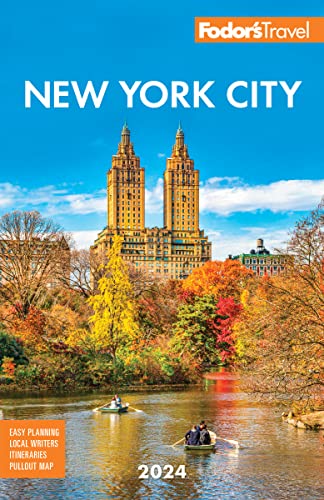The Gangs of Five Points
In the mid-19th century, the Five Points area was perhaps the city's most notorious and dangerous neighborhood. The confluence of five streets—Mulberry, Anthony (now Worth), Cross (now Park), Orange (now Baxter), and Little Water (no longer in existence)—had been built over a drainage pond that was filled in the 1820s. When buildings began to sink into the mosquito-filled muck, middle-class residents abandoned their homes. Buildings were then chopped into tiny apartments that were rented to the poorest of the poor, who at this point included newly emancipated slaves and Irish immigrants fleeing famine. Newspaper accounts at the time tell of daily robberies and other violent crimes. With corrupt political leaders like William Marcy "Boss" Tweed more concerned with lining their pockets than patrolling the streets, keeping order was left to the club-wielding hooligans portrayed in Martin Scorsese's 2002 film Gangs of New York. The neighborhood, razed in the 1880s to make way for Columbus Park, has left a lasting legacy: in the music halls where different ethnic groups grudgingly came together, the Irish jig and the African American shuffle combined to form a new type of fancy footwork called tap dancing. Today, this is the heart of Chinatown. Residents gather in Columbus Park for tai chi in the morning and rowdy board games in the afternoon.




